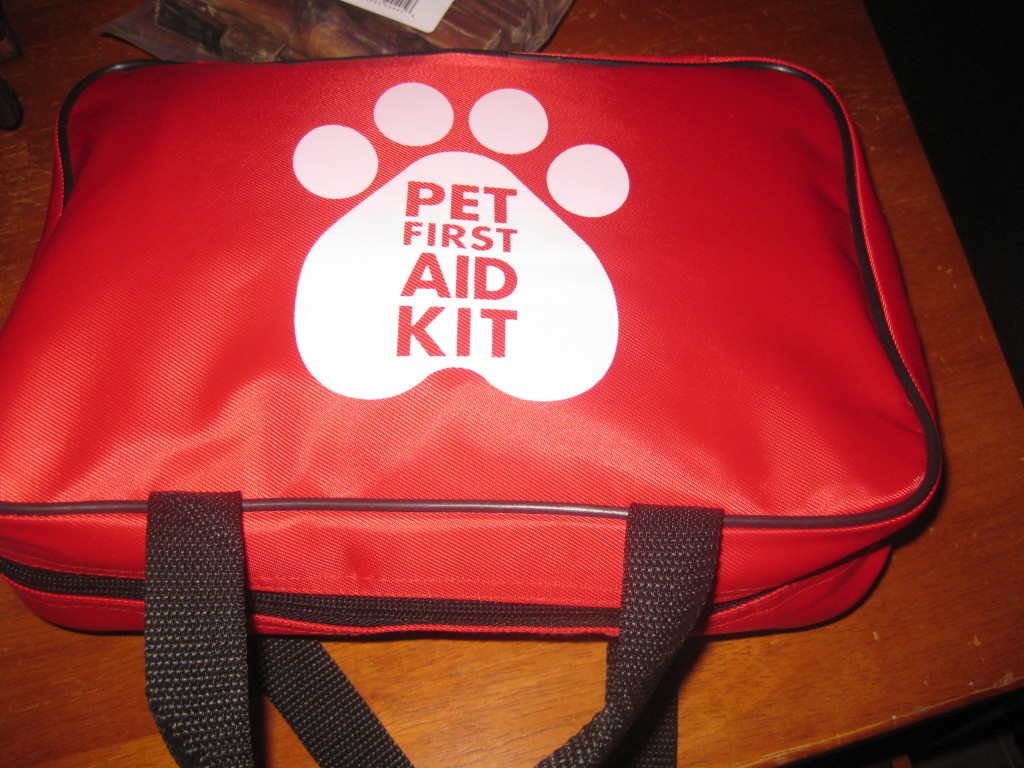National Pet First Aid Awareness Month: Heatstroke

There are many topics that can be covered this month but since heat stroke is something I saw when working at a vet clinic, I thought these tips and advice most pet parents would benefit from.
Training if your dog overheats:
You need a “baseline” for your dog – so part of the training is knowing what “normal” looks like. Watch your dog when they’re out in different temperatures. Note that your dog can get heat stroke in spring weather so it’s smart to keep this top of mind even as the weather gets warmer.
The signs of heat stroke are:
- Signs of heat stroke or heat exhaustion include collapse
- Body temperature of 104 degrees F or above
- Bloody diarrhea or vomiting; wobbliness;
- Excessive panting or difficulty breathing
- Increased heart rate; mucous membranes very red; and increased salivation
What should you do?
- Move your animal out of the sun immediately to a shady area. Don’t get them to stop panting as this is how they cool themselves.
- Gently spray or apply cool water to the dog but do not apply ice water
- Take the dog’s temperature every two-three minutes – normal is 103-104
- Fans are effective
- Once initial cooling has started, seek veterinary care immediately
*did you know that light colored dogs can get sun burned? Apply sunscreen.

Resources:
- http://www.redcross.org/news/article/April-Is-Pet-First-Aid-Awareness-Month: Tips for pet parents
- http://www.redcross.org/images/MEDIA_CustomProductCatalog/m27940078_Pet-First-Aid-App-Infographic.pdf: Pet First Aid App
- https://twitter.com/RedCross: Twitter account to follow Red Cross related news
- First Aid: Back to the Basics




This is great advice as the weather starts warming up around the country!
Love & biscuits,
Dogs Luv Us and We Luv Them
Thank you! Heat stroke is so scary and I thought these fast things to look for may help folks – appreciate your note!
[…] Other articles on the topic. […]
So many people push their dogs in the heat and it is so dangerous. Mom’s cousin had a dog years ago who died of heat stroke. So sad.
Totally agree: That’s so horrible – I’m sorry that happened. It’s so scary if you’re in the middle of nowhere and you don’t have any tools on hand.
I never used to worry about heatstroke in Northwest Washington state, but our summers have gotten hotter and hotter!
No kidding. I thought I’d never have to worry about it in PDX and then last summer -omg!
Brilliant advice on such an important canine topic!
Thank you! Hope it’s helpful for folks.
This is great advice with summer right around the corner. I always keep a close eye on Haley when we’re at the beach. Since she’s black, she tends to heat up pretty quick so I try to always make sure we have some shade and plenty of water for her.
Thanks! I also have a black dog -you should check out Ruffwear’s Swamp Cooler – it’s a great product that helps with cooling down. You simply get it wet and it reflects off the sunshine…
[…] or cat looks like at its comfortable “baseline” temperature. Christy shares tips on recognizing heat stroke, and what to do about it. A few of the warning signs to watch for […]
[…] Also, visit my story on how to prevent heatstroke. […]